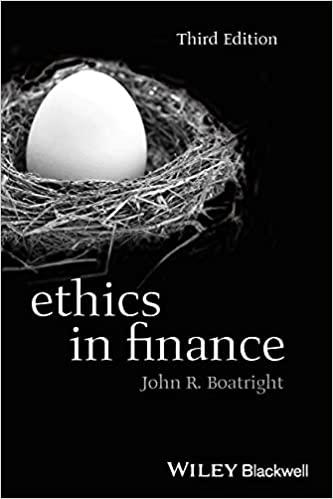Question
Before Warby Parker went public, they had been valued at about $5 billion at the time of their IPO and had roughly 89.6 million shares
Before Warby Parker went public, they had been valued at about $5 billion at the time of their IPO and had roughly 89.6 million shares outstanding. Suppose that, instead of an IPO, they had raised another round of financing. In particular, assume that they want to raise another $1 billion in order to establish physical retail locations. Their current venture capital providers are happy to provide that money for another 10% stake in the firm.
a) What is the post-money valuation of Warby Parker, after this assumed round of financing?
b) Suppose instead that they go through with an IPO. In fact, they actually did a direct listing. This means that no new shares were actually created during the IPO process. However, let's assume that current investors decide to sell 30 million of their existing 89.6 million shares, while issuing 10 million new shares to raise new cash. These shares are issued at $60. The cash from the new shares could be used for retail expansion. The cash from existing shares will go to the investors.
What percentage of the firm do the existing shareholders have after this transaction? How much cash did they raise for the firm?
c) Warby Parker has not had positive net income since going public (looking at their S-1 filing, I don't think that they've ever made a profit). What does a lack of net income imply about tax shields and their potential usage of debt?
Step by Step Solution
There are 3 Steps involved in it
Step: 1

Get Instant Access to Expert-Tailored Solutions
See step-by-step solutions with expert insights and AI powered tools for academic success
Step: 2

Step: 3

Ace Your Homework with AI
Get the answers you need in no time with our AI-driven, step-by-step assistance
Get Started


